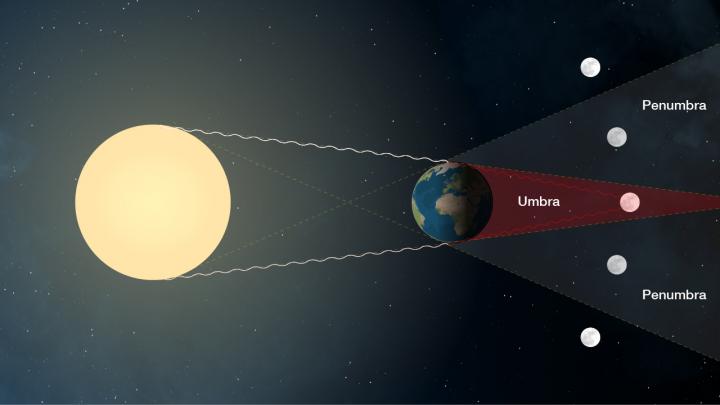
Caption
Total lunar eclipse
Photo Credit
NASA
Subhead
Separating Lunar Fact from Fiction
More Like This
If I may, if you read the book by Ben Davidson "The Next End of the World" (he also publishes "Weatherman's Guide to the Sun" that is used in educational institutions) or follow his daily reports on he sun - you will see the science laid out. ie the magnetic field is weakening, the poles are on the move, unlocking of the earth crust. There is a massive dust field that our solar system passes through and acts like a "swifter duster" regarding the electromagnetic field it creates and it's effect on our sun and us. Here is Nov 7th 2022 report link and scroll down for options - book a telephone appointment as well!! Enjoy... the truth and the facts are what we need right now...https://www.youtube.com/user/Suspicious0bservers/videos
Thank you for the science of total lunar eclipse. I've had enough of the biblical prophesies. Plenty of other myths out there to pick from.
There is also a legend (Pagan) that the Blood Moon is caused by a dragon trying to eat the moon. When he swallows it, the moon turns red, then disappears. When it proves to be too much, he spits it back out and it turns white again.
Silly, of course, but a fun description that could come from many different regions of the world back in the (very) early days.
The LORD ALMIGHTY Blood moon sacrifice for the LORD ALMIGHTY GOD has the moon under her feet The birthing of the LORD ALMIGHTY GOD & it won't be on that day so that a big lie 29 STARTING 3 days resurrection I love how they lie & the HOLYGHOST LORD ALMIGHTY GOD says SPEAK the TRUTH & here is the TRUTH
thank you..
Emily Beth Istre
I love my Life as it is here and now in that I will continue living it, this Life is all of my own.. if nothing else at all.. and that is most definitely what matters..
you know that I know well not whom I am speaking although I have to sae that I have spoken my Truth for quite a long number of years here.. no one seems to Understand Me, at all completely.. so I am just going to get myself together amongst my ones and onlies..
and hit the sound waves so hard that you all will begin to jitter..
I tried to sae for long enough now..
it has now come to how you have begun to make me Angry, in a sort..
have a Wonderful World ❤️✨🌍
The LORD ALMIGHTY Blood moon sacrifice for the LORD ALMIGHTY GOD has the moon under her feet The birthing of the LORD ALMIGHTY GOD & it won't be on that day so that a big lie 29 STARTING 3 days resurrection I love how they lie & the HOLYGHOST LORD ALMIGHTY GOD says SPEAK the TRUTH & here is the TRUTH
So dozens of so called blood moons later and nothing has happened even tho you biblical types sure want it to and like to pretend ..facts are tho nothing changes after a lunar eclipse ..but it is one way to see the round shadow of earth ..take that flat earthers lol
Thank you Mr. Berman, for your excellent blog. I enjoyed reading and learning from your clear explanations and beautiful full color photographs. I also want to thank you. In particular, for your important emphasis on separating astronomical fact from fiction. You are doing a great service to dispell the power of certain groups which have used and continue to use astronomy to create fear. rf. The so called "Blood Moons", the full moons, 4 consecutive total lunar eclipses, 2014-2015. I look forward to following your blog. You have brought back the life-enhancing pleasure of following astromony. Bless you.
Hi, I'm from South Africa and had the opportunity of viewing the lunar eclipse occurring. It was quite amazing to see it first cover up with the Earth's Shadow it seemed since it darkened slowly and then after a while turned orange.











Comments